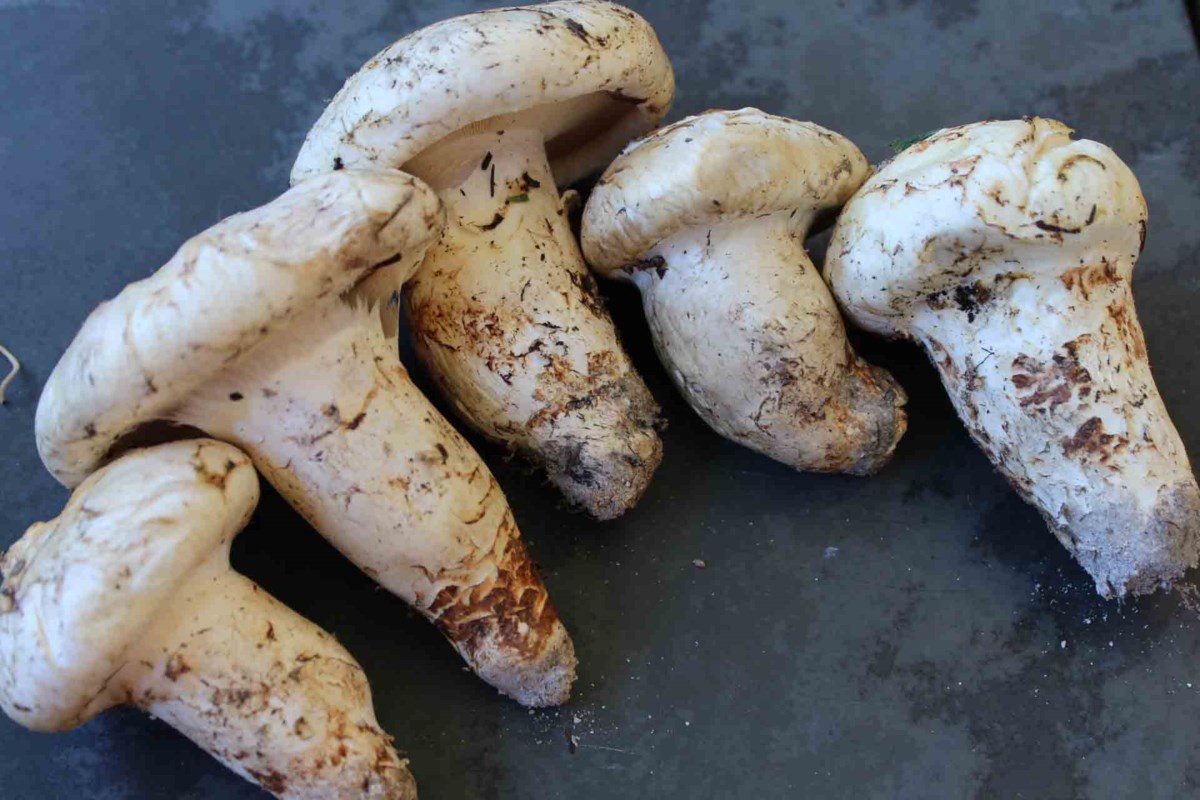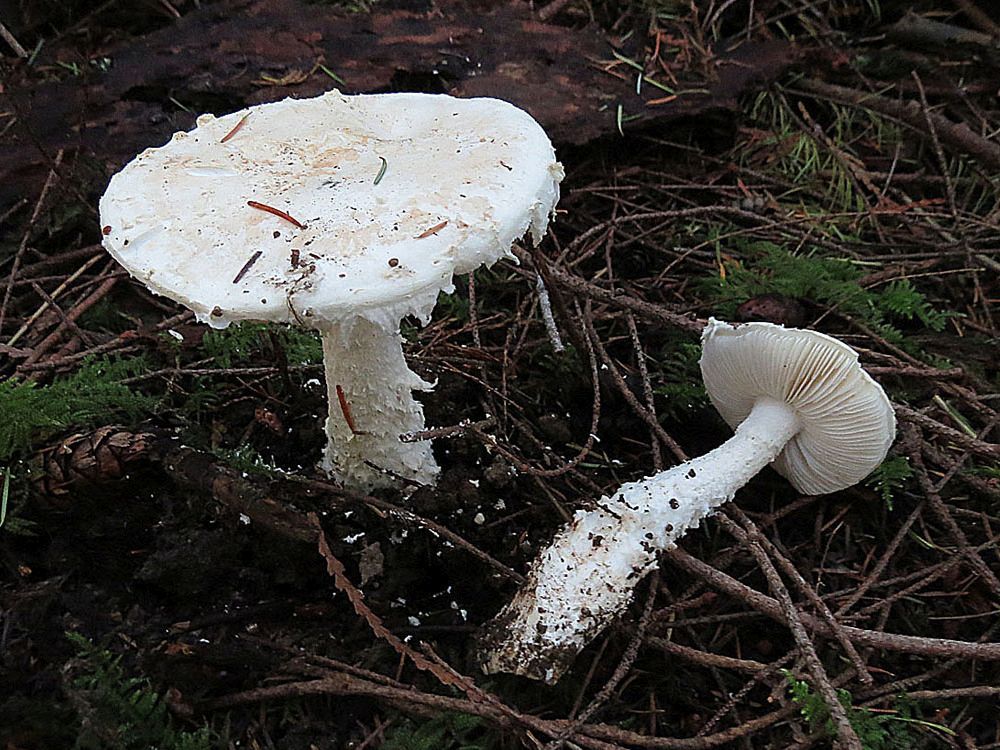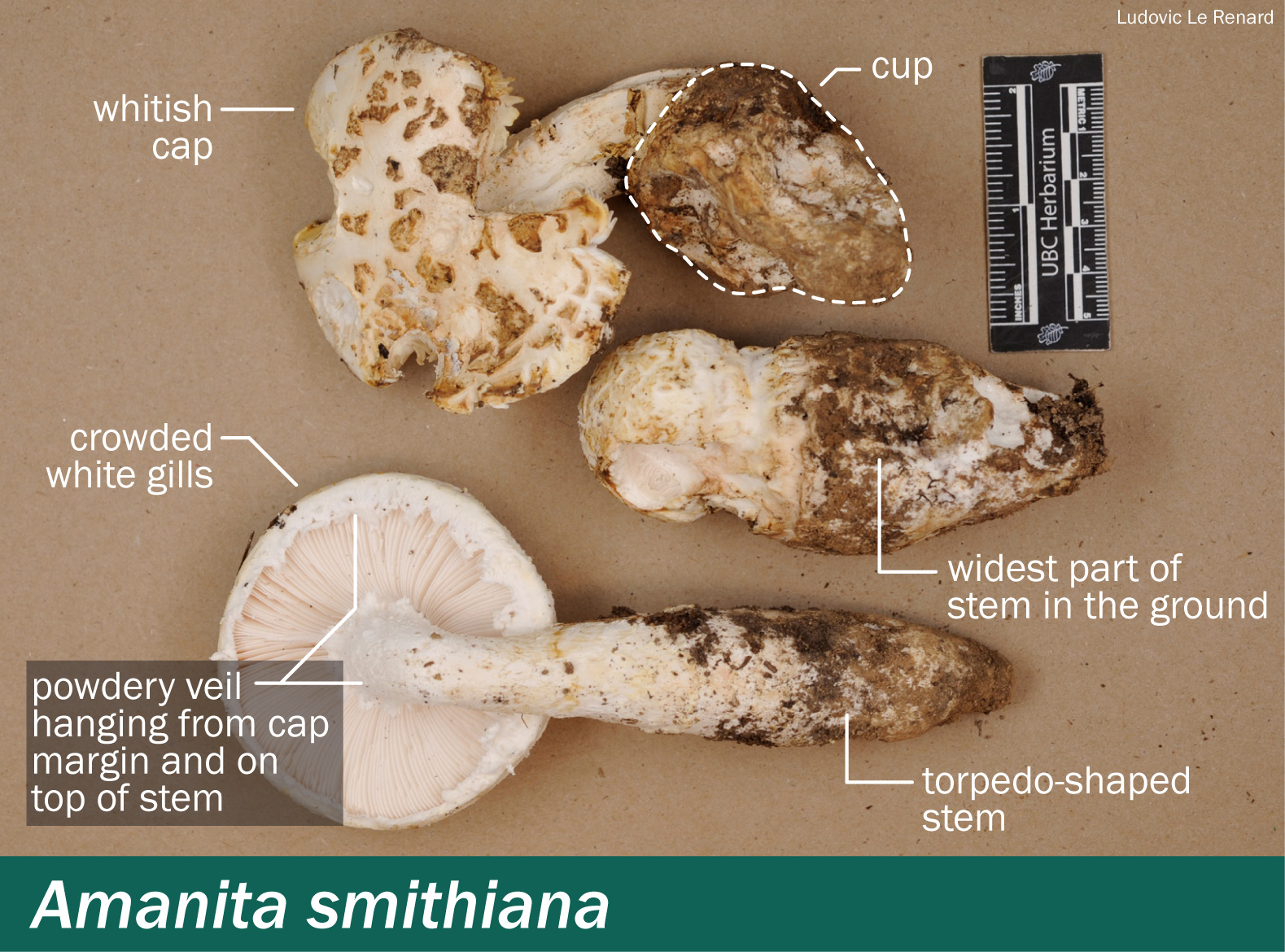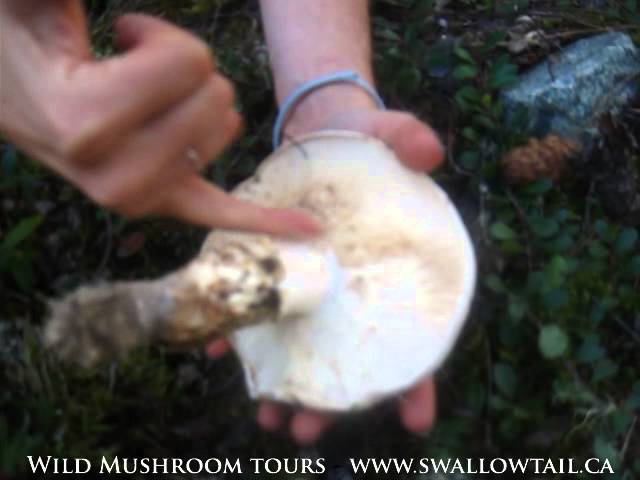Pine mushrooms, also known as Matsutake, thrive on Vancouver Island. They are highly sought after for their unique aroma and flavor.
Every autumn, foragers and mushroom enthusiasts flock to Vancouver Island’s lush forests in search of the elusive pine mushroom. This prized fungi commands a premium in international markets, particularly in Japan, where it is considered a delicacy. The pine mushroom’s preference for the symbiotic relationship with certain tree roots means that they are often found in the island’s coniferous woodlands.
Their distinctive spicy-cinnamon scent makes them easier to locate among the forest floor’s leaf litter. Vancouver Island provides an ideal habitat for pine mushrooms due to its temperate rainforests and the presence of mature Douglas fir and hemlock trees, where these mushrooms predominantly grow. This annual foraging season not only contributes to the local economy but also highlights the rich biodiversity of the island’s ecosystems.
The Lure Of Pine Mushrooms
Pine mushrooms, or Tricholoma magnivelare, are a prized find on Vancouver Island. These edible fungi are sought after for their distinctive flavor and aroma. Renowned chefs across the world treasure them for their ability to enhance a variety of dishes. Locals and visitors alike take to the island’s forests in autumn, hopeful to harvest this culinary gold.
Often found beneath pine trees, hence their name, these mushrooms are a forager’s delight. They can be difficult to spot, blending seamlessly with the fallen leaves. Yet, their discovery is always a cause for celebration. The pine mushroom’s firm texture and unique taste make them a luxury item in gourmet cooking, turning a simple meal into an exquisite dining experience.

Credit: www.vancouverisawesome.com
Pine Mushrooms: An Introduction
Pine mushrooms, also known as Tricholoma magnivelare, are a prized find in Vancouver Island’s forests. These fungi have a distinct appearance with their brown caps and white stems. They thrive in coniferous woods, often under pine trees, hence their name.
Their caps can span from 5 to 15 centimeters across. They are initially convex but flatten with age. The underside reveals white to cream gills. Pine mushrooms emit a pleasant, cinnamon-like aroma. This scent helps distinguish them from other species.
| Feature | Characteristic |
|---|---|
| Cap Color | Brown |
| Cap Shape | Convex to Flat |
| Gill Color | White to Cream |
| Aroma | Cinnamon-like |
| Location | Coniferous Woods |
Foraging Basics
Pine mushrooms thrive on Vancouver Island during fall. This peak season stretches from September to November. Enthusiasts eagerly anticipate this time to explore and harvest. Foraging for pine mushrooms is a rewarding experience, with the island’s forests offering a bountiful search ground.
The right gear is crucial for a successful forage. Durable boots and weather-appropriate clothing are must-haves. A sturdy basket or mesh bag allows for safe transport of mushrooms. Don’t forget a sharp knife for clean cuts and a local guidebook to identify various species. Remember, safety comes first; always have a compass or GPS device and a first-aid kit.

Credit: vancouversun.com
Foraging Ethics And Sustainability
Responsible harvesting practices are key to protecting Pine Mushrooms on Vancouver Island. Gatherers should always limit their impact on the natural habitat. Using a knife to cut mushrooms helps protect the root system. This method promotes future growth. It’s crucial to only take what you need and leave smaller mushrooms to mature.
Conservation efforts focus on maintaining healthy forests. This ensures mushrooms can thrive. Educational programs are also important. They teach foragers about sustainable practices. Public awareness campaigns help spread knowledge about the importance of these ecosystems. These actions help preserve the mushroom population for future generations.
Navigating Vancouver Island’s Terrain
Vancouver Island boasts a rich landscape ideal for mushroom foraging. Enthusiasts flock to spots like the misty Mount Benson and the dense forests of Strathcona Provincial Park. These areas offer a bounty of pine mushrooms, sought after for their flavor.
Foragers must prioritize safety. It’s crucial to carry a compass and map at all times. Wild animals are present, so making noise to alert them of your presence is advised. Always inform someone of your foraging location and expected return time. Lastly, knowledge of edible mushroom species is a must, as some can be poisonous.
Preparing Your Find
Cleaning your pine mushrooms is crucial for both taste and health. Begin by gently brushing off any dirt with a soft brush. Avoid washing them, as water can make them soggy. Instead, use a damp cloth to wipe the surface.
For storing pine mushrooms, keep them cool and dry. Place them in a paper bag and store in the refrigerator. This method helps maintain their texture and flavor. Use them within a week for the best experience.
- Keep mushrooms dry to preserve their natural flavors.
- Store in a paper bag in the fridge for optimal freshness.
- Use mushrooms within seven days for peak quality.
| Storage Method | Expected Shelf Life |
|---|---|
| Paper Bag in Fridge | Up to 1 Week |
| Airtight Container | Not Recommended |
The Forager’s Community
Vancouver Island is home to a vibrant foraging community. Local foraging groups thrive by sharing their deep knowledge and exciting experiences with each other. They often organize events and workshops. These are great for beginners and experts alike. Everyone learns about the safety, sustainability, and best spots for finding pine mushrooms.
The Economic Impact
Pine mushrooms significantly influence Vancouver Island’s economy. Local markets see high demand for this sought-after delicacy. Island harvesters gather these forest treasures during the autumn months. They contribute to a vibrant market scene.
Export activities also boost the economy. International buyers prize Vancouver Island’s pine mushrooms for their quality. This creates a profitable export for local communities. Revenue from overseas sales supports many families on the island.

Credit: explore.beatymuseum.ubc.ca
Frequently Asked Questions
Do Pine Mushrooms Grow On Vancouver Island?
Yes, pine mushrooms, also known as matsutake, grow on Vancouver Island and are often foraged during the fall season.
What Kind Of Mushrooms Are On Vancouver Island?
Vancouver Island is home to diverse mushrooms, including chanterelles, morels, porcini, and oyster mushrooms. The island’s forests provide ideal growing conditions for these fungi.
Are Pine Mushrooms The Same As Matsutake?
Yes, pine mushrooms are the same as matsutake mushrooms, known for their distinct, spicy aroma.
Are Pine Mushrooms Good To Eat?
Yes, pine mushrooms are edible and prized for their distinct flavor, often used in gourmet cooking. Always ensure proper identification before consumption to avoid toxic look-alikes.
Conclusion
Exploring the lush landscapes of Vancouver Island reveals the hidden gem of pine mushrooms, a sought-after delicacy. Whether you’re a seasoned forager or a culinary enthusiast, this region offers a unique blend of adventure and flavor. Remember, sustainable practices ensure that these treasures can be enjoyed for generations to come.
Happy mushroom hunting!
